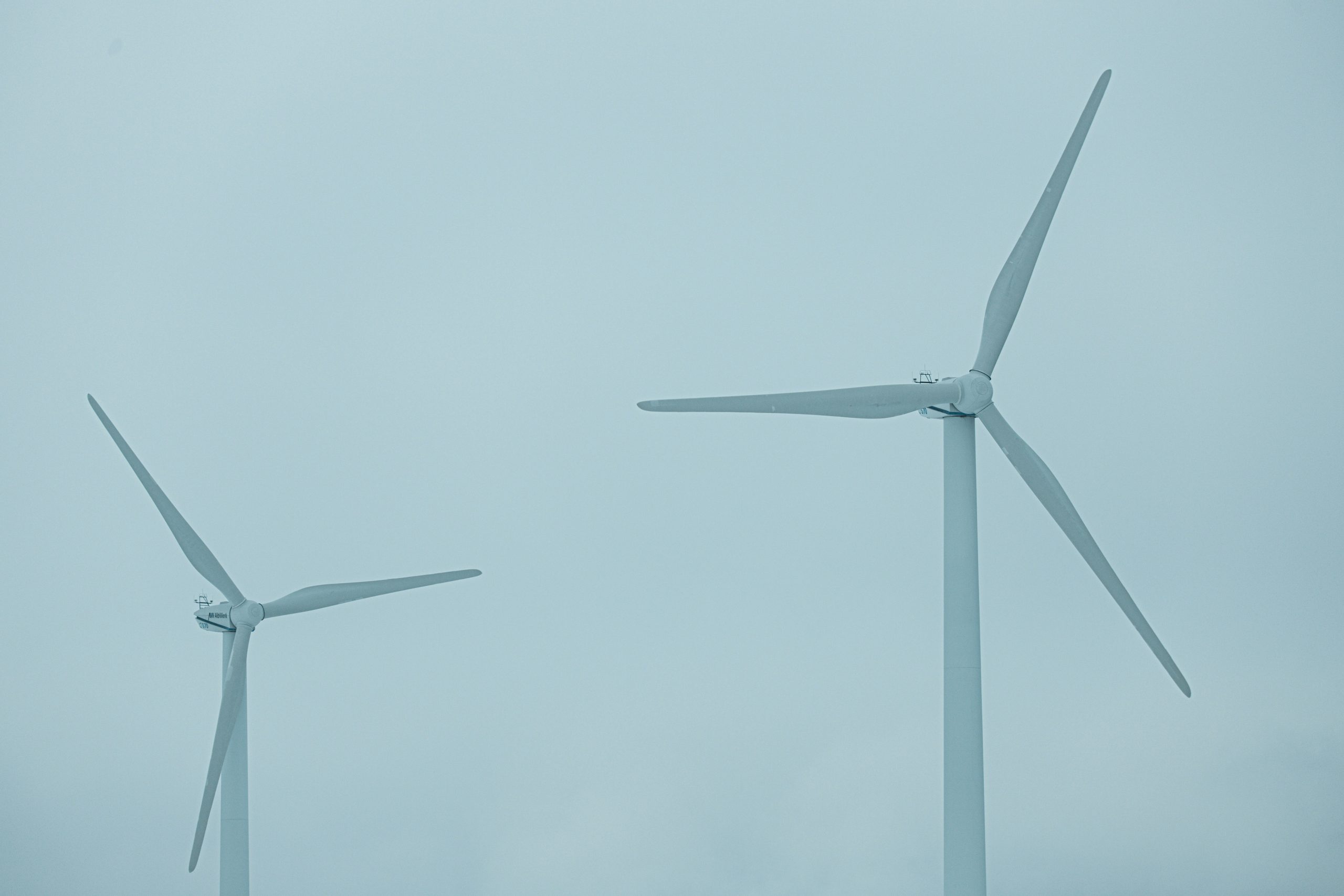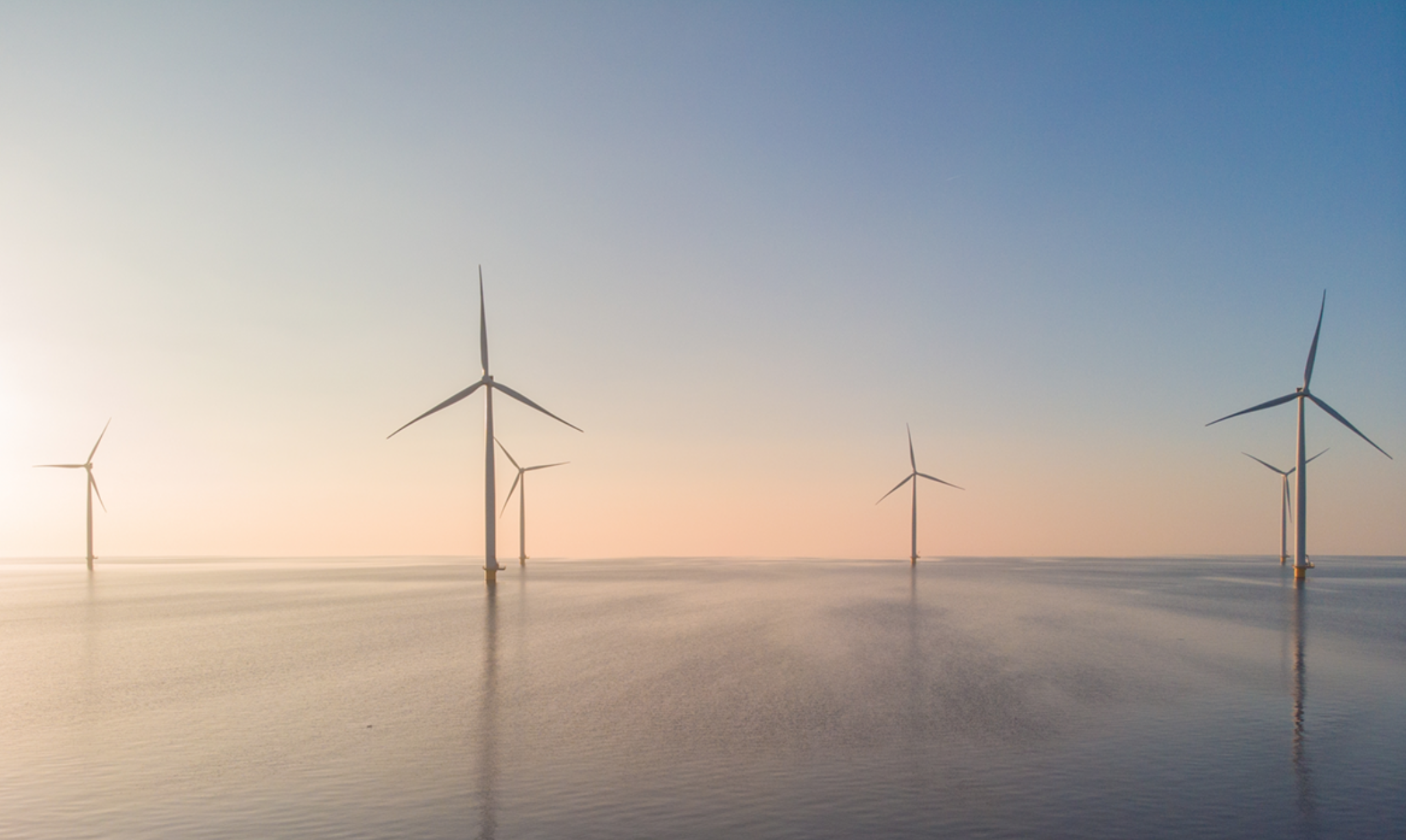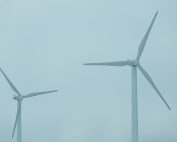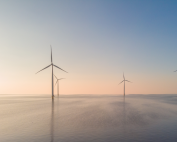The Baltic Sea is becoming increasingly popular among foreign investors. The Baltic Sea is seen as a body of water offering opportunities for the development of offshore wind farms based on floating wind platforms. We ask Ocean Winds about their plans for the Baltic Sea. The company informed us that on 14 February 2022, ENGIE with EDP Renewables, with advisory support from Ocean Winds, have submitted 9 applications for new sites for offshore wind farms.
Ocean Winds is one of the global leaders in developing offshore wind technology. The company (50/50) was formed in 2019 through an agreement between EDP Renewables (EDPR) and ENGIE. The investor shows interest in investing in the Baltic Sea area.
– Back in 2019, Wind Europe released a report estimating that up to 83 GW of power could be installed in the Baltic Sea by 2050, so we know that the potential of the Baltic Sea is very large. Additionally, the Polish part of the Baltic Sea has some of the best conditions for the development of offshore wind farms due to relatively shallow waters and optimal wind conditions,” points out Aleksandra Jampolska, Stakeholder Manager at Ocean Winds.
She adds that, for Ocean Winds and our parent companies, Poland is a very important market and we intend to expand here. Therefore, on 14 February 2022, ENGIE and EDP Renewables, with advisory support from Ocean Winds, have submitted 9 applications for new locations for offshore wind farms (i.e. issuance of permits to erect and use artificial islands of structures and equipment in Polish maritime areas).
Ocean Winds is also looking at other countries in the region – including Lithuania. In 2020, Ocean Winds signed an agreement with Ignitis Group to develop offshore wind projects in Lithuania and participate in the first auction scheduled for 2023.
Ocean Winds develops projects in Poland
The company recalls in a comment for BalticWind.EU that it is planning a 399 MW BC-Wind offshore wind farm in the Baltic region, in the Polish Exclusive Economic Zone, around 23 km from the coast at the height of the Choczewo municipality (Pomerania).
– Last June, the project was granted the right to a contract for difference (CfD) by the ERO, which will make it one of the first realized offshore investments in our country. In addition, a two-year wind measurement campaign was completed in mid-2021, which confirmed favorable conditions for the project. Additionally, an application for issuance of a decision on environmental conditions has been filed together with the environmental impact assessment report, which was preceded by environmental studies – the investor informed us.
In 2022, Ocean Winds plans to conduct a seabed geological survey for the offshore portion of the project and select a designer for the onshore offshore farm connection. In addition, it expects to obtain an environmental decision for the offshore wind farm and to enter into an agreement for a service port.
To what extent can floating technology be crucial for the Baltic?
Ocean Winds has experience in floating offshore wind farm technology as one of the first in the world.
– We like innovation and are not afraid to invest in it. Our Windfloat Atlantic wind farm is a pioneering project located in Portugal that was a cornerstone of the industry. Its breakthrough moment was the design of a floating offshore wind turbine at a depth of more than 40 meters, based on experience from the oil and gas industry, Jampolska points out.
She adds that the WindFloat Atlantic project consists of three turbines installed on floating foundations. With a total installed capacity of 25 MW, the wind farm provides electricity to approximately 60,000 households annually.
– On a larger scale, Ocean Winds recently received approval for its 1.2 GW KF Wind floating project in South Korea. The permit is a key step towards the world’s first commercial-scale floating wind farm, the investor tells BalticWind.EU.
The company notes that the Baltic Sea is relatively shallow and calm, its conditions tending to favor monopile or truss foundations. However, we are already hearing about the first research and development projects for floating platforms in the Baltic Sea.















